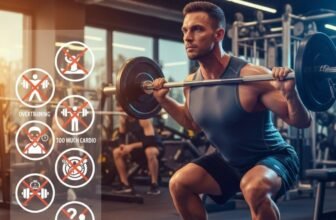
You know the feeling. You finish that last rep, slam the weight down, and a tiny panic timer starts in your head. 30 minutes. I have 30 minutes.
You rush to the locker room, fumbling with your shaker bottle, convinced that every second you waste is a second your muscles aren’t “getting their gains.”
This is the “anabolic window”—the most famous, most stressful, and (as it turns out) most misleading concept in fitness.
We’ve all been there. But here’s the truth: We get so obsessed with the 30 minutes after the gym that we completely ignore the nutritional failures happening in the other 23.5 hours of the day.
The real “protein timing windows” that most people miss have nothing to do with a workout. And, frankly, they’re a lot more important. They are:
- The Breakfast Window: That crucial 1–2 hour period right after you wake up.
- The Pre-Sleep Window: The 30-minute window just before you go to bed.
Forget the post-workout panic. The science is pointing somewhere new. “Front-loading” your day with protein at breakfast and “book-ending” it with a specific snack before bed is a far more powerful strategy for building muscle, managing weight, and recovering faster.
Let’s talk about why.
First, Let’s Settle That Whole “Anabolic Window” Thing
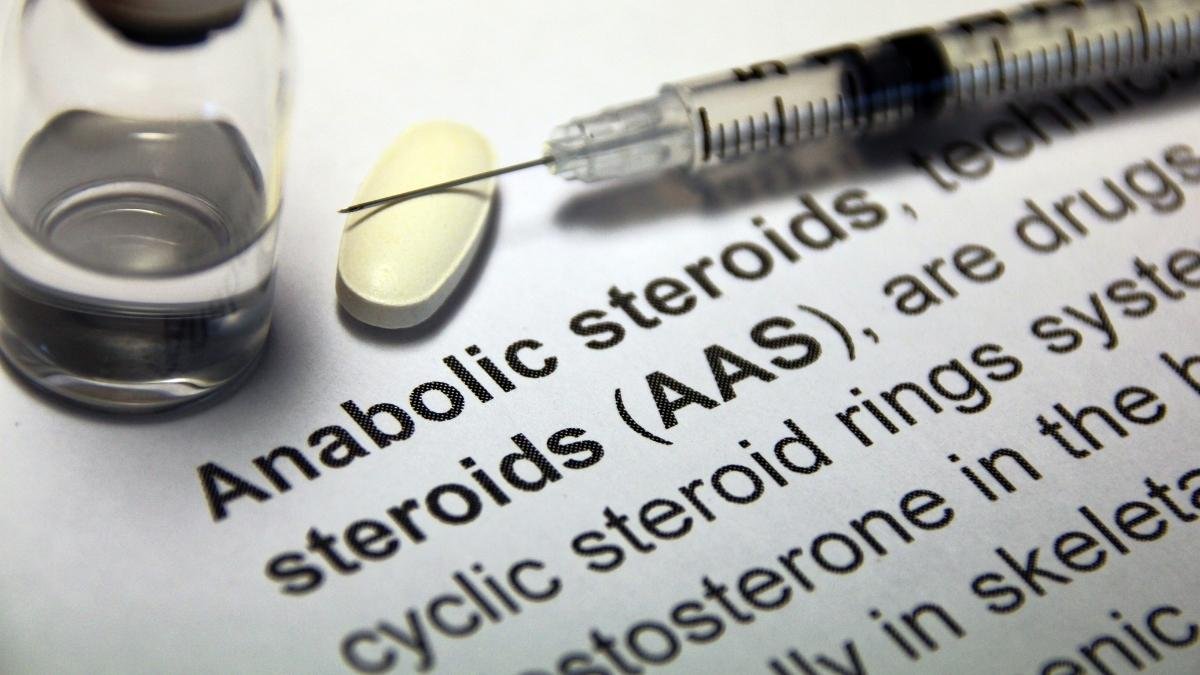
Look, to understand why the new strategy works, we first have to dismantle the old one. The “anabolic window” myth was so sticky because it made sense on the surface… and it was a marketer’s dream. It created urgency, which is the perfect way to sell you “fast-acting” protein powders.
The original theory was simple: strength training creates tiny tears in your muscles. Your body, in response, goes into a “building” state to repair them. This is called an anabolic state. The theory just assumed this repair state was incredibly short, lasting only 30-60 minutes.
“In Simple Terms:” Your Body’s Two Modes

Think of your body like a construction site. It can only be in one of two states at any given time:
- Anabolism (Building): This is when the crew is on-site, using energy and raw materials (like amino acids from protein) to build new muscle tissue. This is what we want.
- Catabolism (Breaking Down): This is when the crew is tearing down old structures (like body fat or, unfortunately, muscle) to get fuel.
The goal for getting stronger and healthier is to spend more time in the “building” state than the “breaking down” state. This is called a “positive muscle protein balance”.
What the Science Actually Says

That old 30-minute panic? It’s been pretty much debunked.
A landmark 2013 meta-analysis (a study of all the other studies) led by researchers Brad Schoenfeld, PhD, and Alan Aragon, MS, blew this wide open. They found no significant benefit to slamming a protein shake immediately post-workout, as long as total daily protein was high enough.
This has been proven again and again. A 2024 review even confirmed that it doesn’t really matter if you have protein before or after your workout.
The hierarchy is crystal clear. As Alan Aragon, one of the world’s top protein researchers, puts it: “Total daily protein is still king”. His main takeaway is one you should write down: “If you don’t get enough total protein, timing won’t save you.”.
The New Analogy: From a “Window” to a “Garage Door”

So, if it’s not a tiny, stressful window, what is it?
Dr. Stuart Phillips, another of the world’s leading experts on this, has a much better analogy. He says to stop thinking of it as an “anabolic window” and start thinking of it as an “anabolic garage door”. (And yes, a “garage door” is a much less stressful analogy, isn’t it?)
After you lift weights, your body’s muscle-building machinery—a process called Muscle Protein Synthesis (MPS)—is fired up and stays elevated for a long time. We’re talking 24 hours or more.
This means you don’t need to sprint from the squat rack. You have a massive, 24-hour “garage door” of opportunity to give your body the protein it needs.
(The One Exception: This “garage door” rule applies if you ate a meal a few hours before your workout. If you train totally fasted—like, first thing in the morning with no food—then that post-workout meal becomes critical to prevent your body from breaking down muscle for fuel.1 But for most of us, the garage door is wide open.)
The First (and Biggest) Missed Window: Your “Protein-Poor” Breakfast
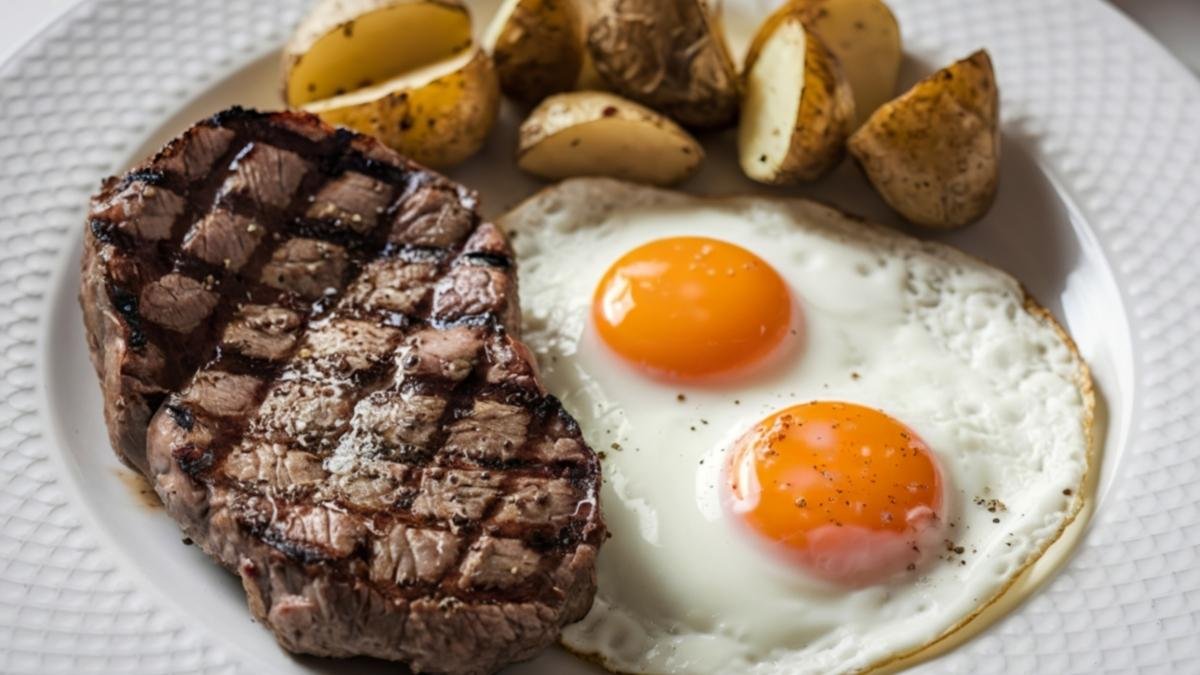
Okay, so if the post-workout rush is a myth, where’s the real timing mistake?
It happens every single morning.
The 8-Hour “Famine” You Endure Every Night

Think about it. When you sleep, you’re fasting for 8+ hours. Your body still needs fuel to run your brain and organs, but there’s no food coming in. So, where does it get it?
It enters a catabolic state. It starts breaking down your hard-earned muscle tissue to get the amino acids it needs.
You wake up in this “muscle-breakdown” state. And what’s the first thing most of us give our bodies? Cereal, toast, a muffin, or just a cup of coffee.
This is a double-negative. This kind of breakfast fails to provide the protein needed to stop the breakdown, and it actively prolongs the catabolic state you were in all night.
The “Skewed” vs. “Even” Protein Problem

This is part of a bigger issue researchers call “skewed” protein distribution. Most of us eat like this:
- Breakfast: Tiny bit of protein (cereal, toast).
- Lunch: A moderate amount of protein (a small sandwich).
- Dinner: A massive, 10-ounce steak.
We back-load our entire day. One 2025 study found that, on average, people eat 40% of their daily protein at dinner, but only 19% at breakfast.
The “Aha!” Moment: The 25% Difference

This skewed pattern is just plain inferior for building muscle. A game-changing 2014 study in the Journal of Nutrition showed us why.
Researchers split people into two groups, giving them the same amount of total protein, just distributed differently:
- Group 1 (Skewed): Ate like most of us (10.7g at breakfast, 16.0g at lunch, 63.4g at dinner).
- Group 2 (Even): Ate protein evenly (31.5g at breakfast, 29.9g at lunch, 32.7g at dinner).
The results were stunning. The “Even” group—the one that front-loaded its day with a high-protein breakfast—had a 25% higher rate of 24-hour muscle protein synthesis (MPS) than the “Skewed” group.
This is, frankly, a huge deal. By just rearranging the same food, they got 25% better results. This is the true “missed window.”
The Second Missed Window: The 8-Hour Overnight “Repair Shift”

The second mistake is treating sleep like “off-time.” For most people, that 8-hour fast is a catabolic, muscle-losing period.
But what if you could turn it into an 8-hour repair shift?
The Solution: “Fueling” Your Sleep

This is where the pioneering work of Dr. Luc van Loon from Maastricht University comes in. His team was the first to prove that the protein you eat right before you go to sleep is perfectly digested and absorbed while you’re out.
This pre-sleep protein feeds your muscles a steady stream of amino acids all night long. It literally flips the switch and turns on muscle protein synthesis during a time when it would normally be shut off. A 2023 study from his lab confirmed that when people exercised in the evening and then had protein before bed, their overnight muscle and mitochondrial (your cells’ “power plants”) repair rates went way up.
The Best “Overnight” Protein: Slow-Digesting Casein

But… the type of protein matters here. You’ve heard of whey protein; it’s “fast-acting,” which is why it got (mistakenly) popular for post-workout shakes.
For sleep, you want the opposite. You want Casein.
Casein is the other protein found in milk. When it hits your stomach, it forms a gel, which makes it digest very slowly. It creates a “slow-drip” of amino acids into your bloodstream that lasts 7 to 8 hours.
This duration just so happens to perfectly match a full night’s sleep. It’s like putting your muscles on an IV drip of building blocks all night long.
The “Dose” for Overnight Repair
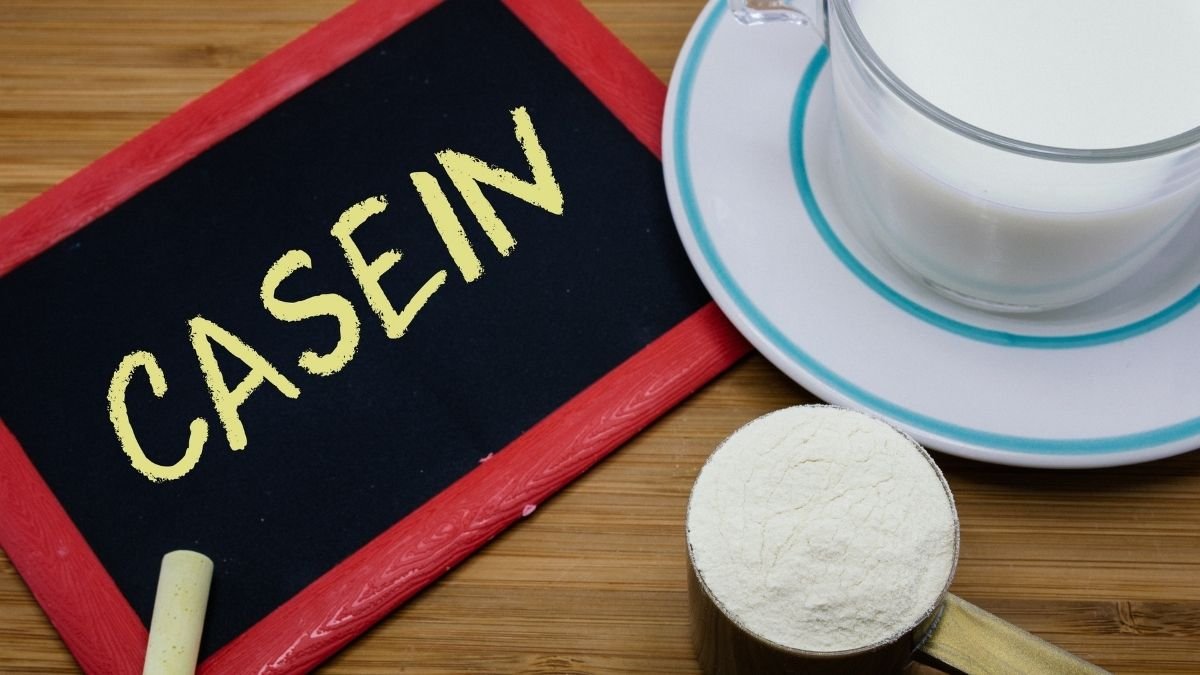
The research is pretty clear on this: to get this all-night anabolic response, you need about 20 to 40 grams of casein protein, roughly 30 minutes before you turn out the lights.
When you combine the “front-loading” breakfast with the “pre-sleep” casein, you “book-end” your day. You create a 24-hour environment where your body is always in a state of building and repair.
Your New Protein Playbook: A Practical Guide to Hitting Both Windows
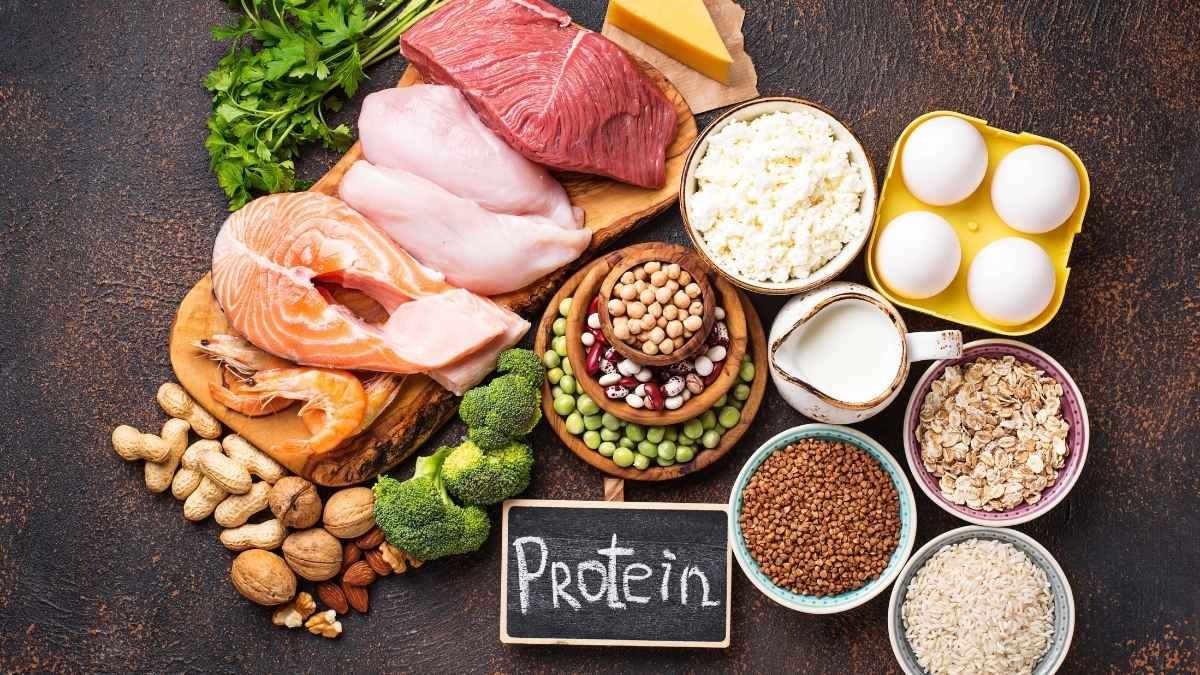
This isn’t complicated. Here’s a simple, 3-step framework to put this all into action.
Foundational Step: Know Your Total Daily Goal (King Protein)
First things first. Timing doesn’t matter if you don’t eat enough. The standard government RDA (0.8 grams per kg of body weight) is the bare minimum to not get sick. It’s not optimal.
Here are the real, science-backed targets:
- For Active Individuals: The International Society of Sports Nutrition (ISSN) recommends 1.4 to 2.0 g/kg of body weight (or 0.7 to 1.0 g/lb). This is for everyone who is physically active—runners, lifters, team sports, everyone.
- For Older Adults (65+): The recommendation is higher, at 1.2 to 1.6 g/kg. This is vital to fight age-related muscle loss.
Action Step 1: “Front-Load” Your Day (The 30g Breakfast)
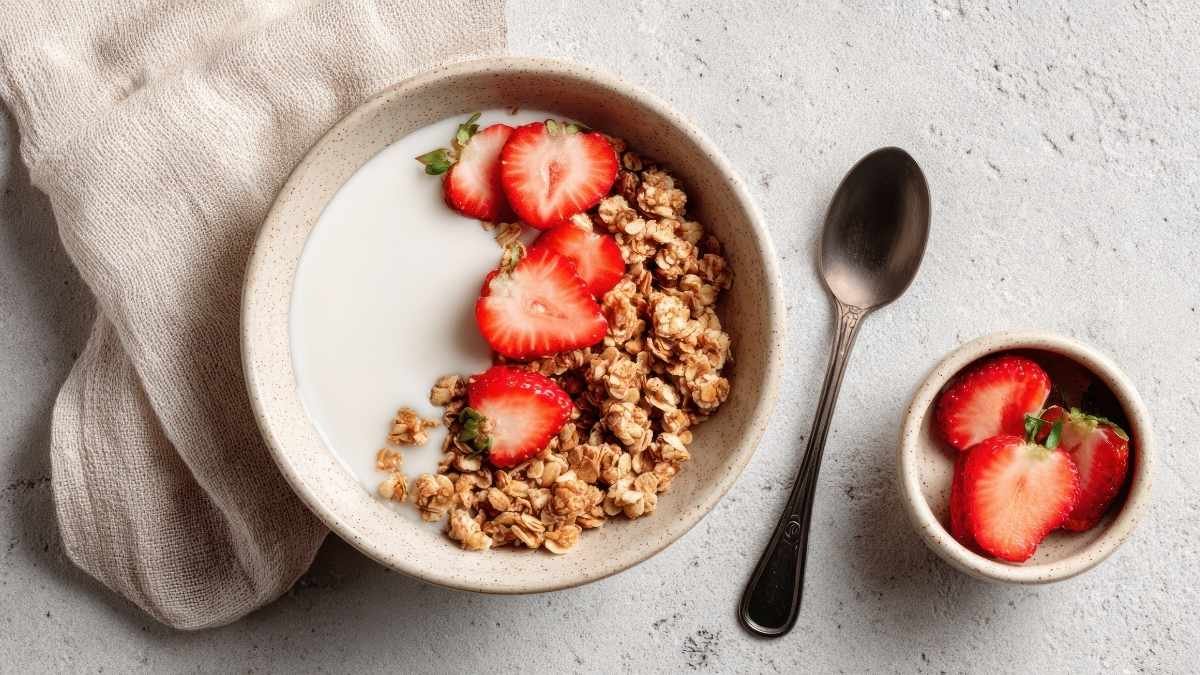
This is the most powerful change you can make. Stop the “protein-poor” breakfast. Your new goal is 25 to 30 grams of high-quality protein within an hour or two of waking. This is the amount needed to flip your body from “breakdown” to “build” mode.
It’s the breakfast your body is crying out for.
How to Get ~30g of Protein at Breakfast
💪 High-Protein Breakfast Fuel
| Breakfast Idea | Key Ingredients | Approx. Protein (g) |
|---|---|---|
| Greek Yogurt Bowl | 1.5 cups (340g) Plain Greek Yogurt + 1 oz. Almonds | 36 g |
| Cottage Cheese Bowl | 1 cup (226g) Low-Fat Cottage Cheese + Fruit & Seeds | 28 g |
| Protein Smoothie | 1 scoop Protein Powder (25g) + 1 cup Soy Milk (8g) | 33 g |
| High-Protein Omelet | 3 large Eggs (18g) + 1/2 cup Shredded Cheese (13g) | 31 g |
| Tofu Scramble | 10 oz. (280g) Firm Tofu + Nutritional Yeast & Veggies | 25 g |
| Protein Oats | 1/2 cup Oats (5g) + 1 scoop Protein Powder (25g) + 1 cup Milk (8g) | 38 g |
Fuel your day with these protein-packed choices! The protein bar visually represents the amount relative to the highest option (Protein Oats at 38g).
Action Step 2: “Pace” Your Protein (The 4×4 Goal)
Next, stop “skewing” your protein. Adopt the “even” model that was 25% more effective. This is called “Protein Pacing”.
A simple way to think about it is the 4×4 Goal: 4 protein-focused meals, each with 30–40 grams of protein, spaced 3–4 hours apart.
A sample day might look like this.
- 8:00 AM Breakfast: 3-egg and black bean burrito (Approx. 28 g)
- 12:00 PM Lunch: Large salad with 5 oz. grilled chicken breast (Approx. 40 g)
- 4:00 PM Snack: 1 cup Greek yogurt with berries (Approx. 23 g)
- 7:00 PM Dinner: 5 oz. salmon with quinoa (Approx. 35 g)
(Note: This is ~126 g. Adjust your portions to hit your own total daily goal.)
Action Step 3: “Fuel” Your Night (The 10 PM Snack)

Finally, “book-end” the day. Consume 20 to 40 grams of slow-digesting protein 30 minutes before bed. The best whole-food sources are naturally high in casein.
Easy Pre-Sleep Snack Ideas:
- 1 cup of cottage cheese
- 1 to 1.5 cups of plain Greek yogurt
- A casein-specific protein shake
- A glass of milk with a handful of almonds
Want a Little Help? A Few Tools That Make This Easy
Look, I get it. All this talk about “30-gram breakfasts” and “protein pacing” can sound like a lot of work, especially when you’re just trying to get out the door in the morning. You don’t have to guess. Honestly, the difference between this feeling like a chore and feeling easy is just having the right tools. A few simple things can make hitting your goals pretty much automatic. Here are a few things I’ve found that readers really like.
1. Etekcity 10kg Digital Food Scale:

If you’re someone who likes to meal prep for the whole week, this scale has a higher capacity (up to 10kg or 11lb) for weighing larger batches of food at once.
2. Etekcity Digital Kitchen Scale (Model EK6015):

This is the gold standard for a reason. It’s slim, simple, and takes the guesswork out of “what does 1.5 cups of Greek yogurt actually weigh?” or “what does 5 oz. of chicken look like?”.
3. Ninja Fit Personal Blender (Model QB3001SS):

Perfect for making those 30g breakfast smoothies or your pre-sleep casein shake without hauling out (and cleaning) a giant blender. Just push down to blend.
4. Etekcity Food Nutrition Kitchen Scale:

This one is a step up—it doesn’t just weigh your food, it helps you track the nutritional info right on the display. Really helpful if you’re tired of using apps for everything.
5. Etekcity Electronic Kitchen Scale with Mixing Bowl:

I like this one because it’s practical. You can measure your Greek yogurt or cottage cheese right in the stainless steel bowl you’re going to eat from, using the “tare” function to zero out the bowl’s weight.
“But Wait… What About…?” (Clearing Up the Worries)

I know. This sounds like a lot of protein, and you probably have questions. Let’s clear up the three biggest myths.
Myth #1: “I thought you could only ‘use’ 30g of protein at once?”
This is probably the most persistent myth out there. It comes from a misunderstanding of “absorption” vs. “synthesis”.
Your body is smart. It will absorb all the protein you eat. The “30g” number just refers to the amount that gives a maximum muscle-building signal at that one moment. As Alan Aragon says, any “extra” protein is not “wasted.”.16 Your body just digests it slower and uses those amino acids for a million other things, like supporting your immune system, making hormones, and repairing all your other tissues.
Myth #2: “Isn’t this much protein dangerous for my kidneys and heart?”
This is a totally valid concern, but the science is reassuring for healthy people.
- On Kidney Health: The ISSN and the Mayo Clinic are both very clear: for healthy, active people, protein intakes in that 1.4–2.0 g/kg range are safe and do not harm kidney function. This risk is specific to people with pre-existing kidney disease, who absolutely must talk to their doctor, as their kidneys already struggle to filter waste.
- On Heart Health: The risk isn’t from protein; it’s from bad protein sources.57 The American Heart Association and the Cleveland Clinic warn that diets high in processed meats (sausage, bacon) and high-fat red meats are linked to heart disease. The solution is simple: choose high-quality, lean sources like fish, skinless chicken, beans, lentils, tofu, egg whites, and low-fat dairy.
Myth #3: “I’m not a bodybuilder. Do I really need this much?”
This is the most important question of all.
No, this isn’t just for bodybuilders. The ISSN recommends this 1.4-2.0 g/kg range for all “physically active individuals,” including runners, cyclists, and anyone who exercises for health.
But here’s the real kicker: this strategy becomes MORE important, not less, as you get older.
After age 40, we all start to lose muscle mass. It’s called sarcopenia.63 A huge reason for this is “anabolic resistance”. It’s a fancy term for a simple idea: as you age, your muscles become “deaf” to protein’s signal. A 10g protein snack that would easily trigger muscle building in a 20-year-old might do nothing for a 70-year-old.
How do you fight it? Research from experts like Dr. Stuart Phillips shows you need two things:
- A higher total protein intake (that 1.2–1.6 g/kg).
- Smarter timing—especially “front-loading” at breakfast to shout loud enough for your muscles to “hear” the signal.
For anyone over 50, fixing these missed windows isn’t about “optimization.” It’s the single most effective nutritional strategy we have for preservation.
Your Takeaway: Stop Timing Your Watch, Start Timing Your Day
Let’s end the panic. The obsession with the 30-minute post-workout “anabolic window” is a distraction. The evidence is clear: the most effective protein strategy isn’t about one stressful shake, but about a smart 24-hour plan.
Here’s what really matters:
- Priority #1 is Total Protein: “King” protein is still king. Hit your daily goal first (1.4–2.0 g/kg for active folks).
- Ditch the “Window” Panic: Your post-workout window is a 24-hour “garage door.” Relax. Have a meal when it’s convenient.
- Fix the Real Missed Windows: This is where the magic happens.
- Front-load your day with a 30g protein breakfast. This stops the overnight muscle breakdown.
- Book-end your day with a 20–40g casein snack. This fuels repair and growth all night long.
That’s it. The biggest gains aren’t found in a stopwatch. They’re found in rearranging your plate.




